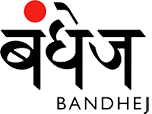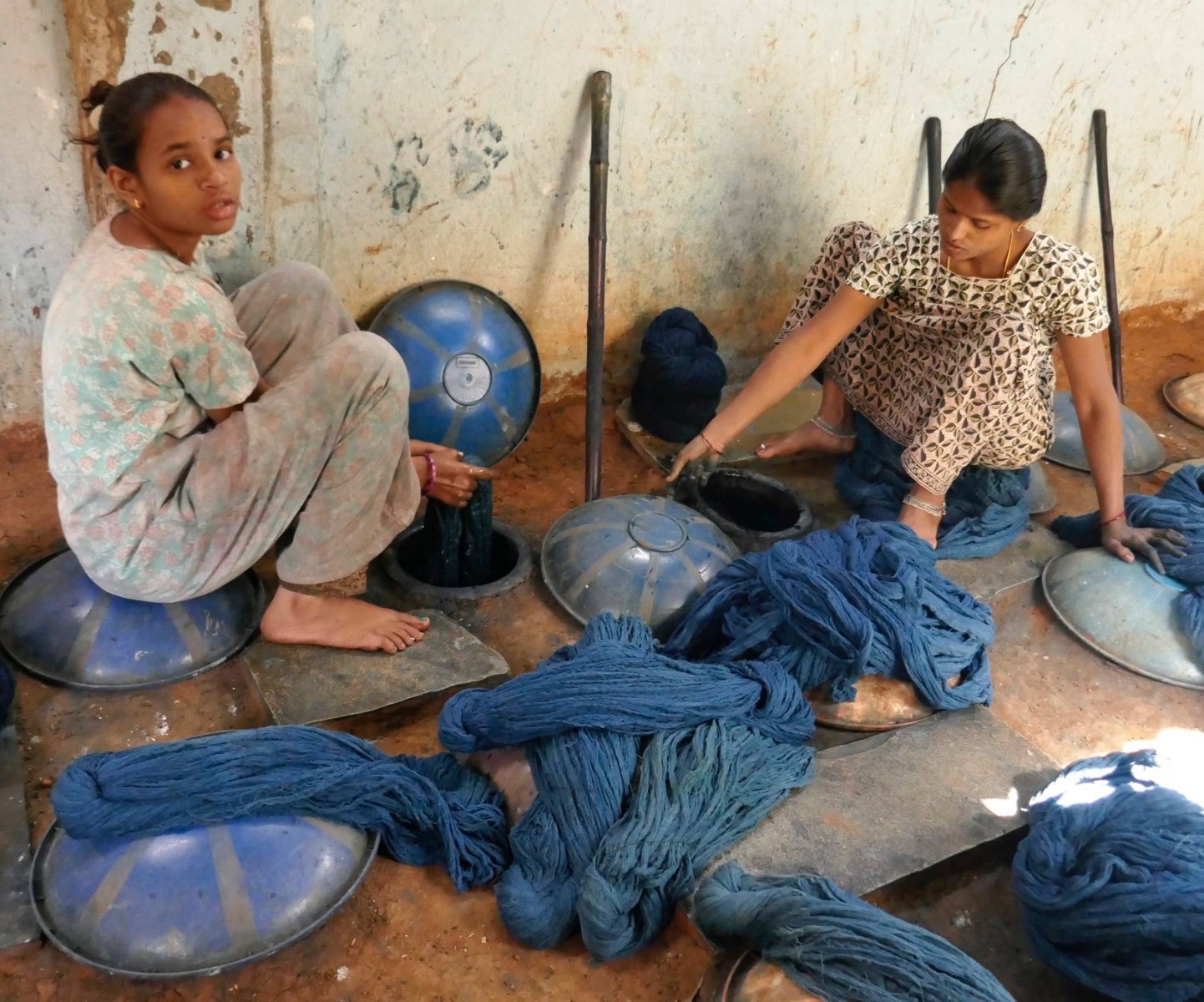
HANDCRAFTED, Sustainable Fashion

INDIGO: The Coveted Natural Dye
 |
 |
Indigo, the magical shade of blue admired around the world, is the oldest and most widely used natural dye. Neel, the colour blue was extracted from the plant indigofera that grew in the wild, and the art of extracting colour from nature was known in India for almost 4000 years, since the time of the Indus Valley Civilisation. From Mohenjo Daro site, archaeologists have recovered seeds as well as remnants of cloth dyed in indigo blue.
 |
This colour fast blue dye was exported along the ancient caravan route to the Mediterranean region where it commanded a high price. The dye was also known to the ancient civilisations of Mesopotamia, Egypt, Peru and Africa. Indigo extract has been used not only for dyeing yarn and fabrics, but also as an antiseptic, used as a hair dye with henna, and in paints and inks. It was a luxury item, imported to the Mediterranean from India by Arab merchants. Indigo remained a rare commodity in Europe throughout the Middle Ages. They used a similar dye derived from the leaves of the woad plant (Isatis tinctoria), but the dye was not fast. In 1498, the Portuguese explorer Vasco da Gama discovered a sea route to India, which opened up direct trade with the subcontinent. With this, indigo reached the shores of Europe and became accessible to the average European. Arab traders had carried indigo dyed fabrics to trade centres such as Cyprus, Alexandria and Baghdad, from where they were resold to Italian merchants who brought them to Europe. The length and danger of the journey and profits by multiple middlemen made indigo extremely expensive. |
 |
 |










